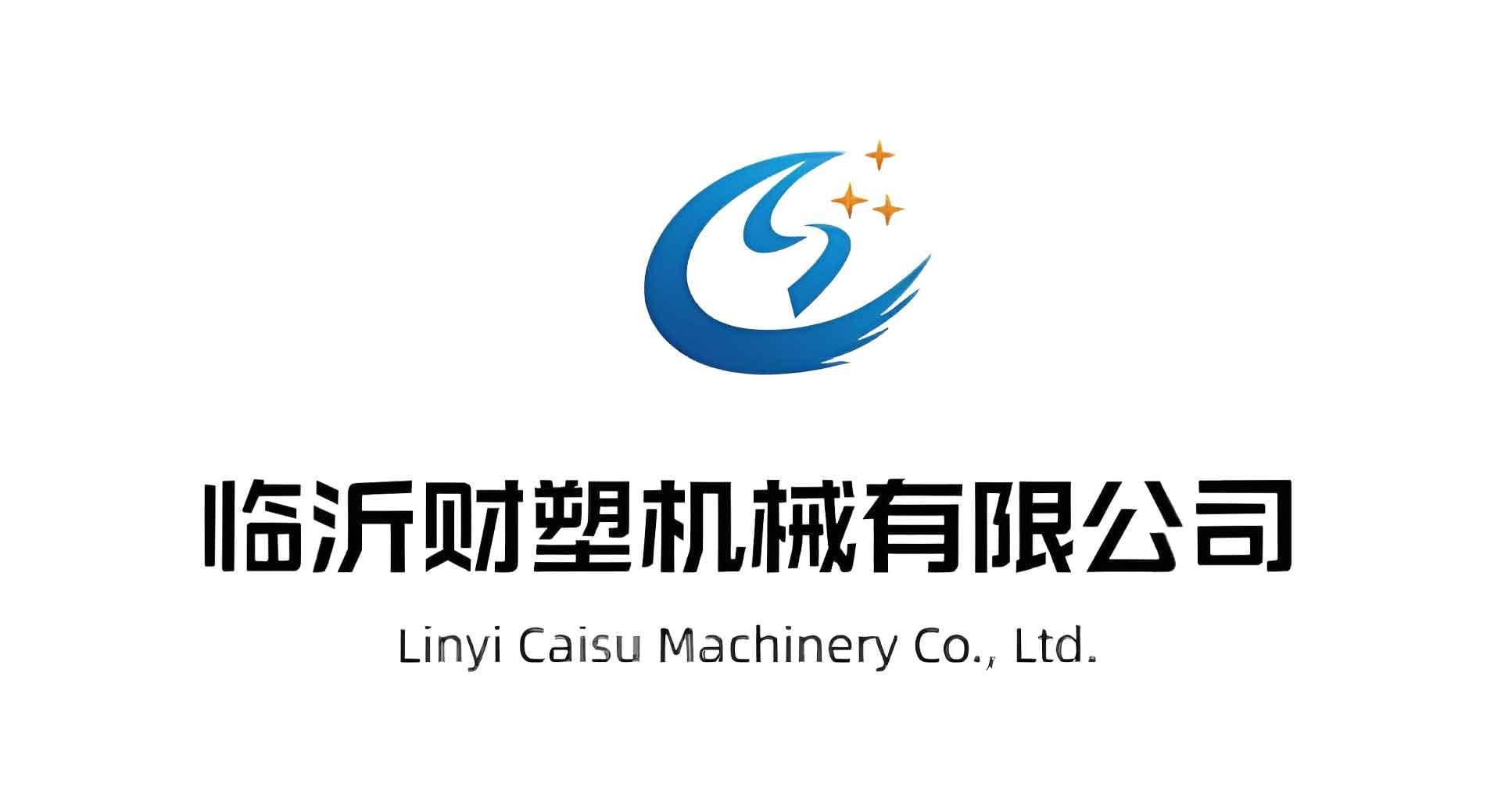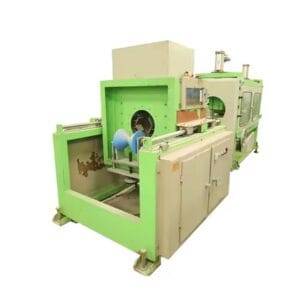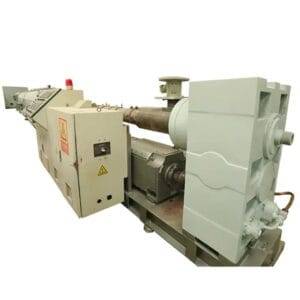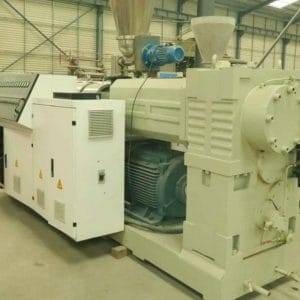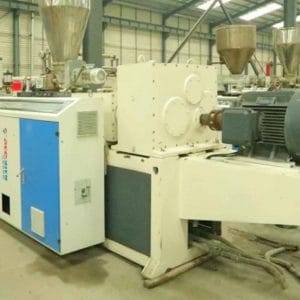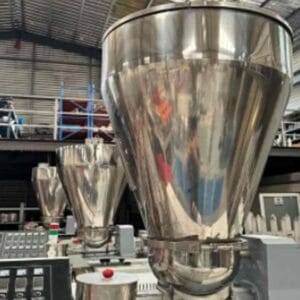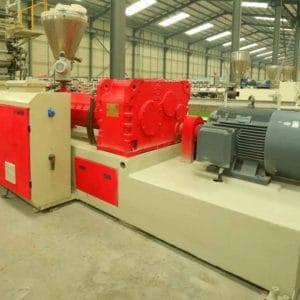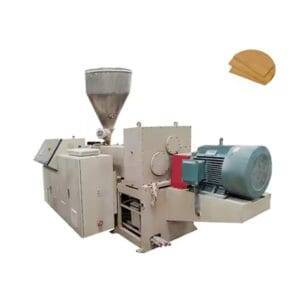Welcome to My Blog!
Before we dive into the content, I’d love for you to join me on my social media platforms where I share more insights, engage with the community, and post updates. Here’s how you can connect with me:
Facebook:https://www.facebook.com/profile.php?id=61567891941530
Now, let’s get started on our journey together. I hope you find the content here insightful, engaging, and valuable.
Caisu Machinery sells a variety of used plastic pipe production equipment. The products are of high quality and low price. Welcome to contact us for consultation and purchase. We will be happy to serve you.
Table of Contents
Introduction
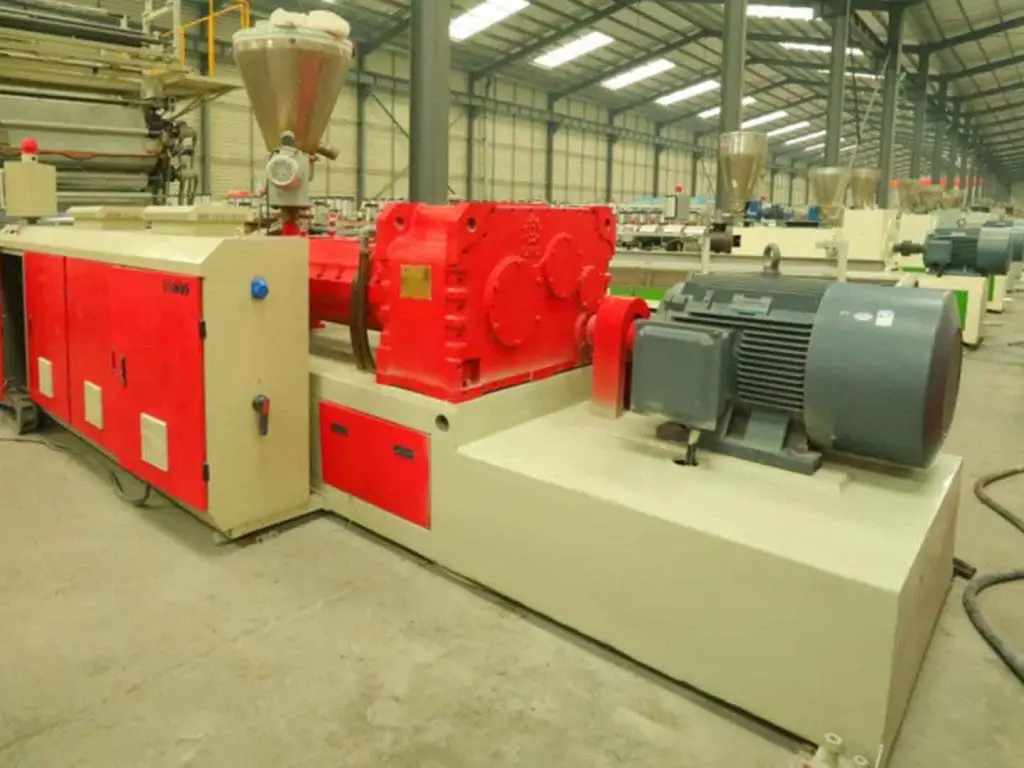
PVC wall panel boards have revolutionized interior design and construction in recent years. Their versatility, durability, and aesthetic appeal make them a popular choice for both residential and commercial projects. Unlike traditional wall coverings like paint or wallpaper, PVC panels offer a unique combination of benefits that cater to modern needs. This comprehensive guide delves into everything you need to know about PVC wall panel boards, from their composition and manufacturing process to their diverse applications and maintenance requirements. We will also touch upon the machinery involved in their production, subtly introducing the reader to the world of plastics machinery.
What are PVC Wall Panel Boards Made Of?
PVC wall panels are primarily composed of polyvinyl chloride (PVC) resin, a synthetic plastic polymer. This base material is combined with various additives, including:
- Plasticizers: These enhance the flexibility and workability of the PVC, making it easier to process and install.
- Stabilizers: These protect the PVC from degradation due to heat and UV exposure, ensuring long-term durability.
- Pigments: These provide the desired color and finish to the panels, offering a wide range of design options.
- Fillers: These can be added to reduce cost and improve certain properties, such as impact resistance.
The specific formulation of these additives can vary depending on the intended application and desired performance characteristics of the PVC wall panel.
Manufacturing Process of PVC Wall Panel Boards (A Glimpse into Plastics Machinery)
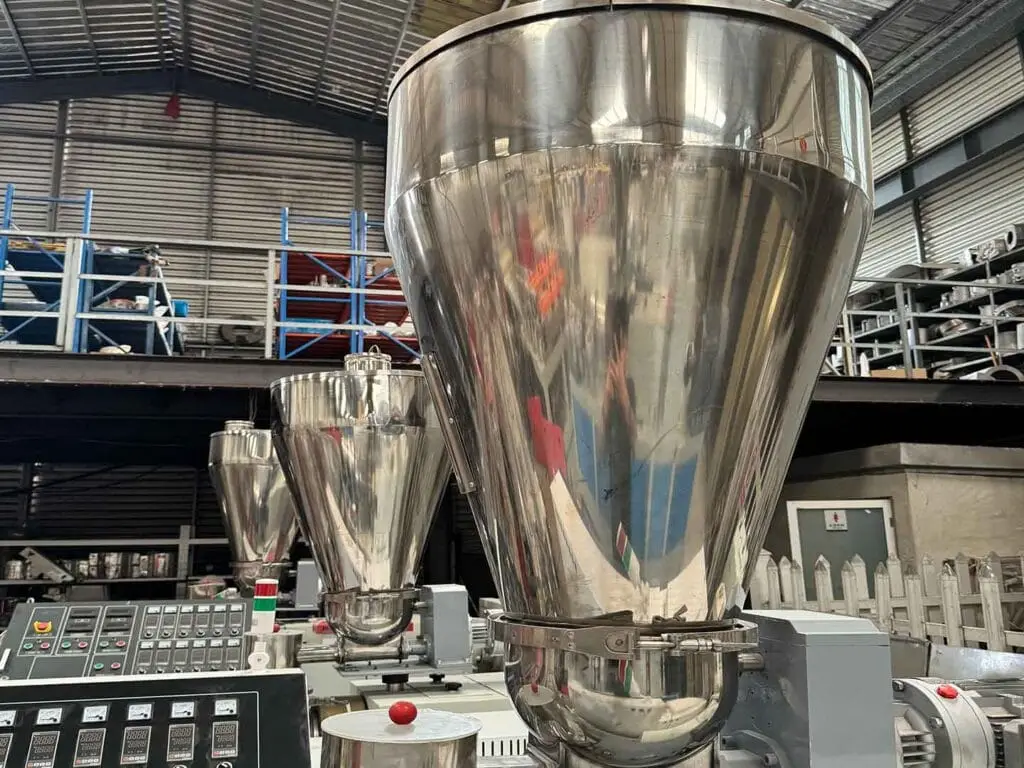

The manufacturing of PVC wall panels involves a process called extrusion. This process, carried out by specialized plastics machinery, involves melting the PVC compound and forcing it through a die to create a continuous profile. The key steps in this process are:
- Mixing: The PVC resin and additives are thoroughly mixed in a high-speed mixer to create a homogenous compound.
- Extrusion: The compound is fed into an extruder, where it is melted and pushed through a die. The die shapes the molten PVC into the desired panel profile. This is where high-precision extrusion machinery plays a crucial role.
- Cooling and Calibration: The extruded panel is cooled and calibrated to ensure dimensional accuracy and stability.
- Surface Treatment: The panel surface may be treated with various finishes, such as printing, embossing, or lamination, to enhance its aesthetic appeal and performance.
- Cutting and Packaging: The finished panels are cut to the desired length and packaged for distribution.
This process highlights the importance of reliable and efficient plastics machinery in producing high-quality PVC wall panels.
Types and Applications of PVC Wall Panel Boards
PVC wall panels come in a variety of types, each suited for specific applications:
- Solid PVC Panels: These are the most common type, offering excellent durability and moisture resistance. They are widely used in bathrooms, kitchens, and other areas exposed to moisture.
- Foam PVC Panels: These have a foamed core, making them lightweight and providing insulation properties. They are often used for ceiling applications and in areas where insulation is desired.
- Hollow Core PVC Panels: These have a hollow core, making them lightweight and cost-effective. They are suitable for interior wall applications where moisture resistance is not a primary concern.
PVC wall panels find applications in diverse settings:
- Residential: Bathrooms, kitchens, living rooms, bedrooms, and garages.
- Commercial: Offices, retail stores, restaurants, hospitals, and hotels.
- Industrial: Warehouses, factories, and clean rooms.
Advantages of Using PVC Wall Panel Boards
PVC wall panels offer numerous advantages over traditional wall coverings:
- Waterproof and Moisture Resistant: Ideal for humid environments.
- Durable and Long-lasting: Resistant to scratches, impacts, and fading.
- Easy to Install: Can be installed by DIY enthusiasts or professionals.
- Low Maintenance: Easy to clean and require minimal upkeep.
- Hygienic: Resistant to mold and bacteria growth.
- Cost-effective: Offer a competitive price point compared to other wall coverings.
- Aesthetically Pleasing: Available in a wide range of colors, patterns, and textures.
Comparison of PVC Wall Panels with Other Wall Coverings
| Feature | PVC Wall Panels | Paint | Wallpaper | Ceramic Tiles |
|---|---|---|---|---|
| Water Resistance | Excellent | Poor | Poor | Excellent |
| Durability | Excellent | Fair | Fair | Excellent |
| Installation | Easy | Moderate | Moderate | Difficult |
| Maintenance | Low | Moderate | Moderate | Low |
| Cost | Moderate | Low | Moderate | High |
| Design Options | Wide | Wide | Wide | Wide |
Installation Guide for PVC Wall Panel Boards
Installing PVC wall panels is a simple and efficient process that can transform the look of your space. By following these detailed steps, you can achieve a professional and polished finish:
Prepare the Surface: Before starting, ensure the wall surface is clean, dry, and smooth. Remove any dust, dirt, or grease, and repair any cracks or holes to create a solid base for the panels. This step is crucial for ensuring the panels adhere properly and lay flat against the wall.
Measure and Cut: Measure the height and width of the wall to determine the exact size of each panel. Mark the measurements on the PVC panels, and use a sharp utility knife, handsaw, or power saw to cut them to the required size. Double-check your measurements to avoid errors and ensure a snug fit.
Apply Adhesive: Select a high-quality adhesive suitable for PVC panels. Apply the adhesive evenly to the back of each panel, focusing on the edges and center. Be careful not to overapply, as excess adhesive may seep out during installation.
Install the Panels: Starting from one corner, align the first panel with the wall and press it firmly into place. Use a level to ensure it is straight. Continue installing the remaining panels, pressing each one firmly against the wall and ensuring they fit tightly together. Use spacers if necessary to maintain even spacing between panels.
Finish the Edges: For a polished look, use PVC trims, molding, or sealant to finish the edges and corners. This step not only enhances the aesthetic appeal but also provides additional protection against moisture and dust.
By following these steps, you can easily install PVC wall panels and enjoy a stylish, durable, and low-maintenance finish in your space.
Maintenance and Cleaning of PVC Wall Panel Boards
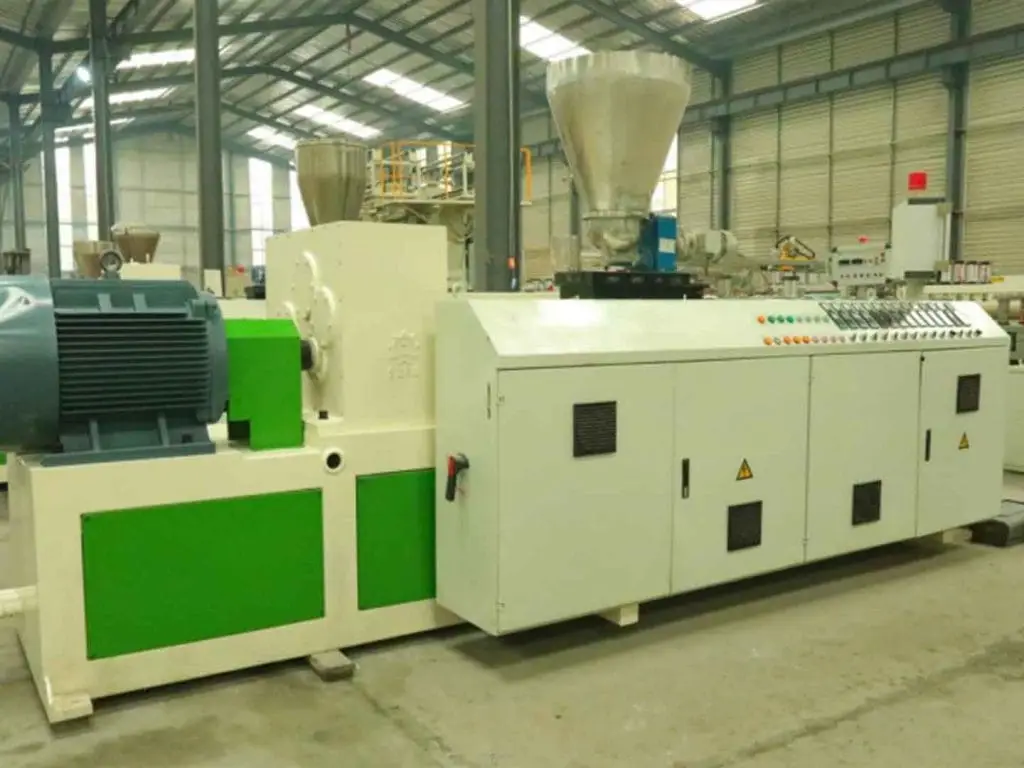
PVC wall panels are a popular choice for their low maintenance and ease of cleaning. To keep them looking fresh and in excellent condition, follow these simple steps:
Regular Cleaning: Wipe the panels with a soft, damp cloth regularly to remove dust, dirt, and smudges that accumulate over time. This quick and easy step helps maintain their original appearance.
Stubborn Stains: For tougher stains, such as grease or marks from everyday use, mix a mild detergent with warm water and gently scrub the affected area using a soft sponge or cloth. Ensure to rinse off any soapy residue with clean water and dry the panel with a clean towel.
Avoid Harsh Chemicals: To prevent damage to the surface, avoid using abrasive cleaners, harsh scrubbing tools, or strong solvents, as they can scratch, discolor, or weaken the material. Stick to gentle cleaning products designed for PVC or general-purpose mild cleaning agents.
By following these maintenance tips, you can ensure your PVC wall panels remain durable, visually appealing, and functional for years to come.
Conclusion
PVC wall panel boards offer a compelling combination of performance, aesthetics, and value. Their versatility and ease of use make them an ideal choice for a wide range of applications. As technology advances, we can expect even more innovative and sustainable PVC wall panel products to emerge, further solidifying their position as the future of wall coverings. The efficiency and precision of plastics machinery will continue to play a pivotal role in this evolution.
FAQ
Are PVC wall panels fire resistant?
Most PVC wall panels are fire retardant, meaning they will not easily ignite and will self-extinguish. However, it’s essential to check the specific fire rating of the product you choose.
Can PVC wall panels be installed in showers?
Yes, solid PVC panels are an excellent choice for shower walls due to their waterproof nature.
How long do PVC wall panels last?
With proper care, PVC wall panels can last for many years, often exceeding 10-15 years.
Are PVC wall panels recyclable?
Yes, PVC is recyclable, and many manufacturers are incorporating recycled content into their products.
Where can I buy PVC wall panels?
PVC wall panels are available at home improvement stores, building material suppliers, and online retailers.
